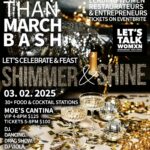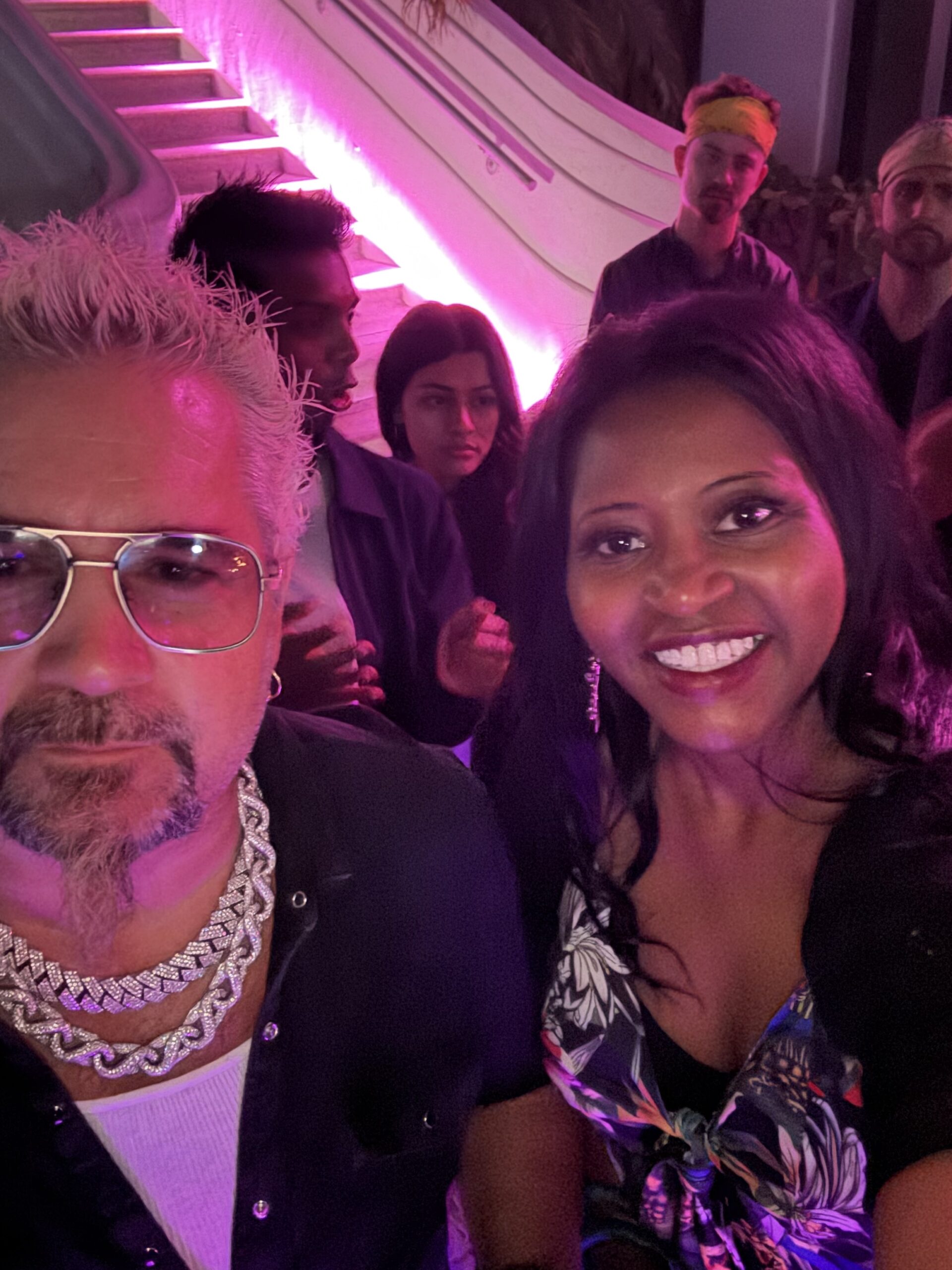Exhibition at The Illinois Holocaust Museum
The exhibition reveals how the handbook provided African American travelers with information on restaurants, gas stations, department stores and other businesses that welcomed them during the era of Jim Crow, including here in Chicago.

Boys on Easter morning. Southside, Chicago, Illinois, 1941. Russell Lee. Farm Security Administration/Office of War Information Photograph Collection, Prints & Photographs Division, Library of Congress, LC-DIG-ppmsc-00256.
The Negro Motorist Green Book, an exhibition developed by the Smithsonian Institution Traveling Exhibition Service (SITES) in collaboration with award-winning author, photographer, and cultural documentarian Candacy Taylor, is coming to the Illinois Holocaust Museum & Education Center, just in time for Black History Month. The exhibition opens January 29 and runs through April 23, 2023.
What is “The Negro Motorist Green Book?”
“The Green Book,” first published in 1936 under the title “The Negro Motorist Green Book,” was created for the growing African American middle class who had the desire and financial means to travel the country but were restricted from many of the resources and accommodations necessary. Social and legal constraints, including unwelcoming hotels, restaurants, and gas stations along with Jim Crow era laws and “sundown towns” – communities where African Americans were legally barred from spending the night – were very prevalent in many places across America.
The book provided Black customers with a guide to hotels, restaurants, gas stations, and cultural attractions that would accept their business. Often these resources were themselves Black-owned and operated. In Chicago, “The Green Book” mostly directed travelers to listings located in the South Side community of Bronzeville, which was built by the Black migrants who transformed the Chicago area during the Great Migration. Of the over 180 businesses listed in Chicago, nearly 80% were in the Bronzeville District, an area that was considered a mecca for Black manufacturing, hair care, publishing, and banking industries.
Published annually by Victor Hugo Green (1892–1960), a New Yorker who retired from his work as a mailman due to the book’s success and expanded into the travel reservation business, “The Green Book” was a vital handbook for decades.
Standard Oil Company of New Jersey, predecessor of the exhibition’s national sponsor ExxonMobil, played a significant role in the distribution of “The Green Book” through its U.S. network of Esso stations, helping to provide motorists and their families opportunities for safer and more comfortable travel. Esso stations were the only major retail distributors of “The Green Book,” and the company also employed many African American engineers, scientists and marketing executives, and welcomed African American motorists at its stations.
About the Exhibition
The Negro Motorist Green Book offers viewers an opportunity to travel back in time through the perspective of the traveler, with an immersive and participatory exhibit. Viewers will experience the reality of travel for African Americans in mid-century America and how the annual guide served as an indispensable resource for the nation’s rising African American middle class.
The exhibition, through artifacts, historic footage, and firsthand accounts, expresses not only the apprehension felt by African American travelers, but also the resilience, innovation and elegance of people choosing to live a full American existence. It will bring focus to a vibrant parallel world of African American businesses, the rise of the Black leisure class in the United States, and the important role “The Green Book” played in facilitating the second wave of the Great Migration.
This exhibition tells a story of resilience during the Jim Crow era when Black travelers faced often insurmountable discrimination. “The Green Book” offered critical, life-saving information and sanctuary,” said Kelley Szany, Senior VP of Education & Exhibitions. “Moreover, this is an inspirational story of communities, like Bronzeville, who took agency over their neighborhood, a story of growth in Black-owned businesses and the rising of the middle class.”
The Museum will highlight local connections to the Chicago area in the exhibition with a looping projection of over 55 images of local “Green Book” sites mixed with contemporary images of some locations. It will also feature audio from local singers and bands that recorded at some of the local “Green Book” recording studios as well as a map of Chicago’s streets to show “Green Book” amenities. Other local connections will be made through Museum programming and marketing efforts during the exhibition’s run.
Details about the exhibition, programs and local stories are available at https://www.ilholocaustmuseum.org/exhibitions/the-negro-motorist-green-book/
 Copyright secured by Digiprove © 2023
Copyright secured by Digiprove © 2023
More from my site
















































































































